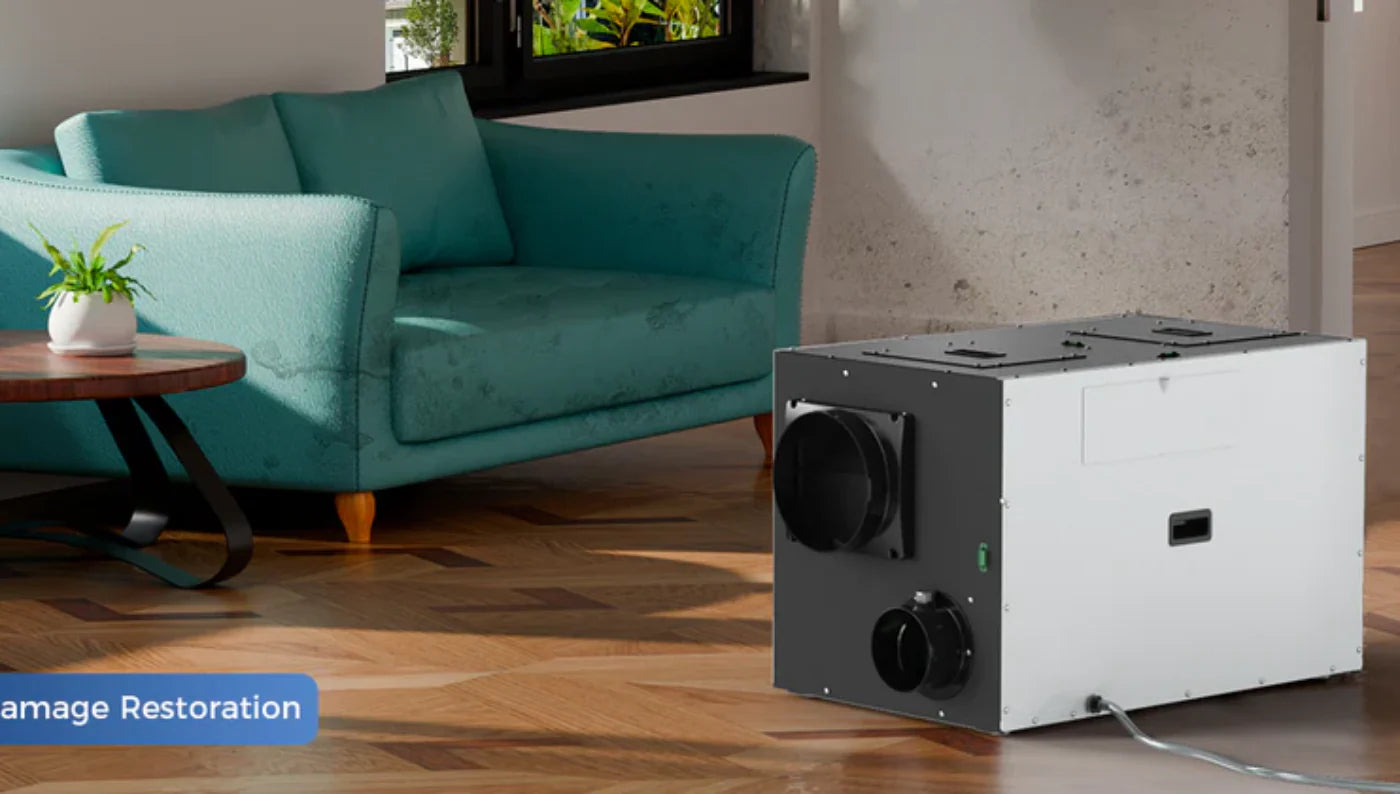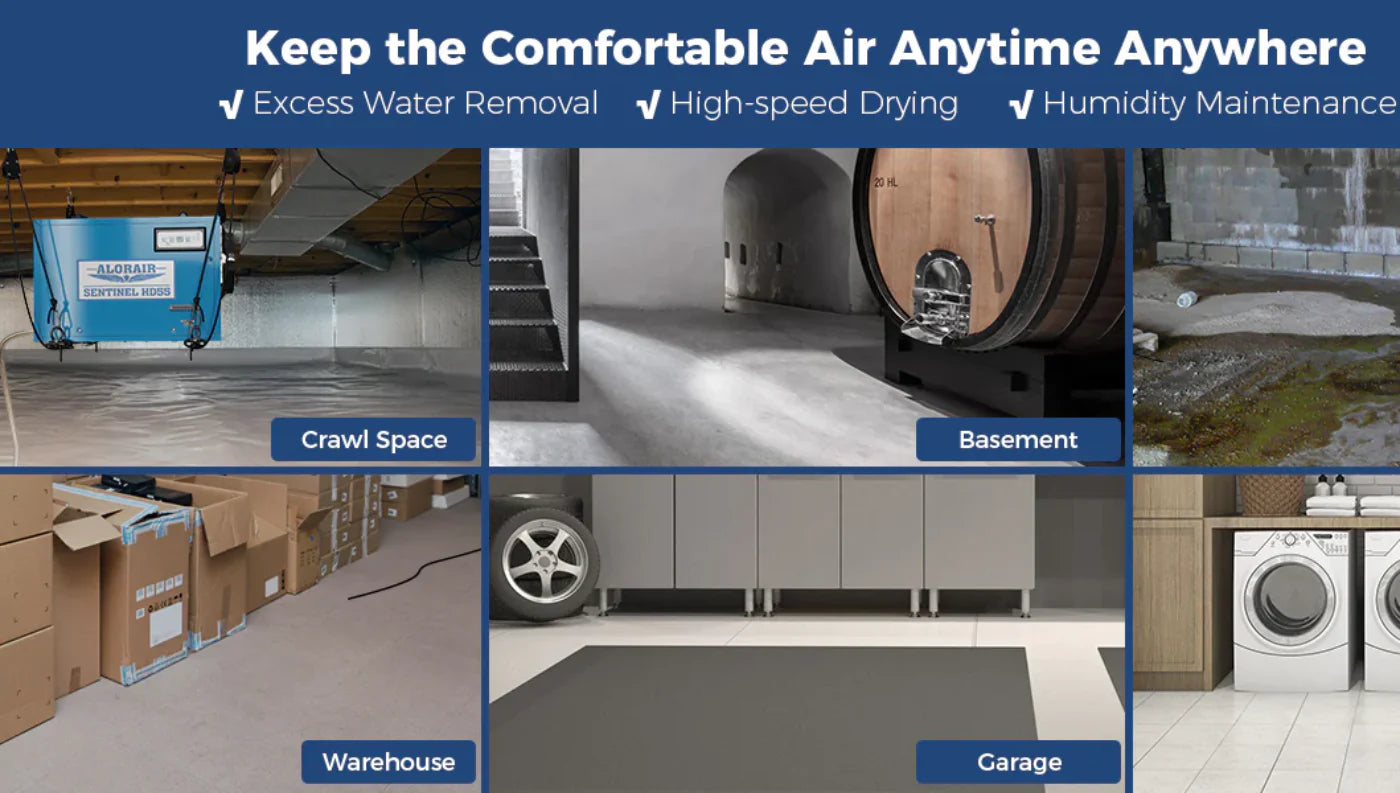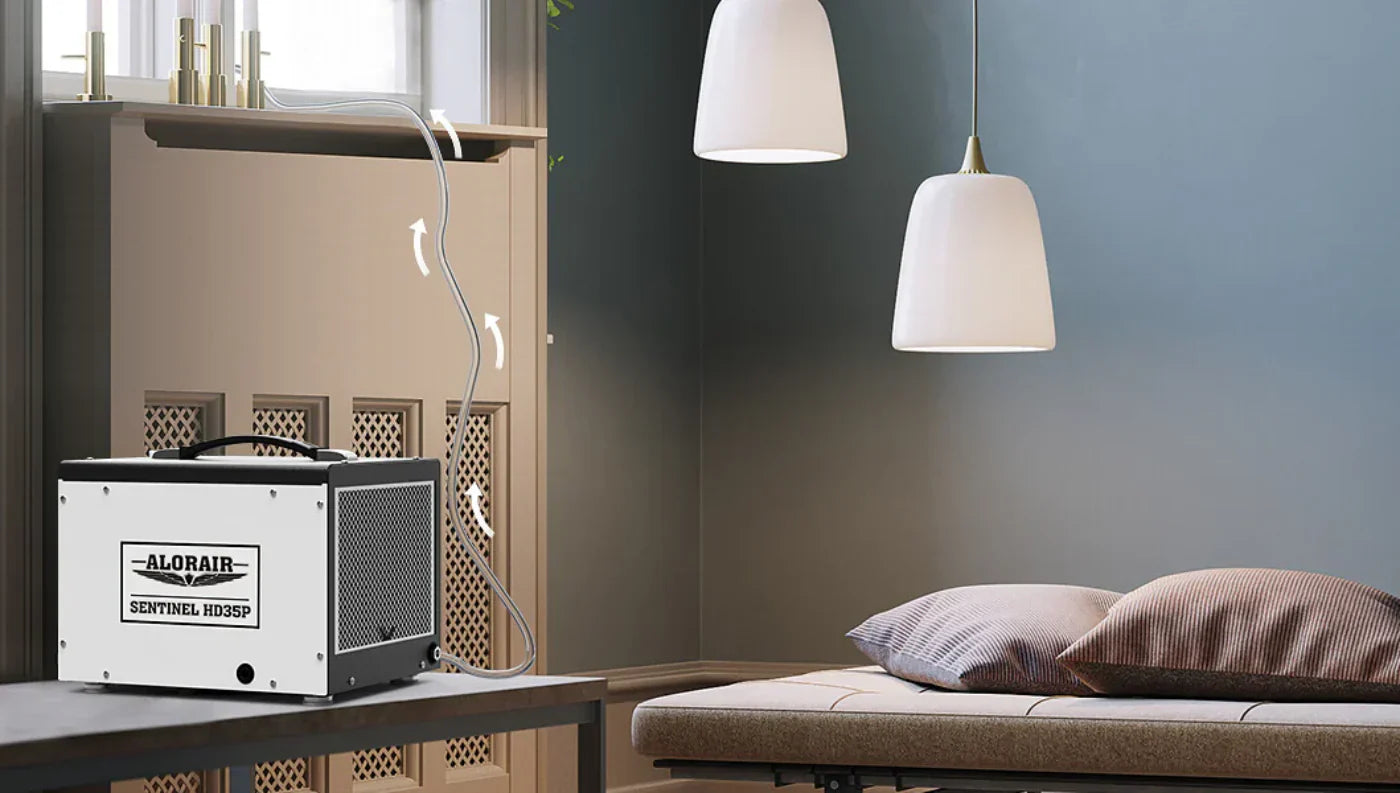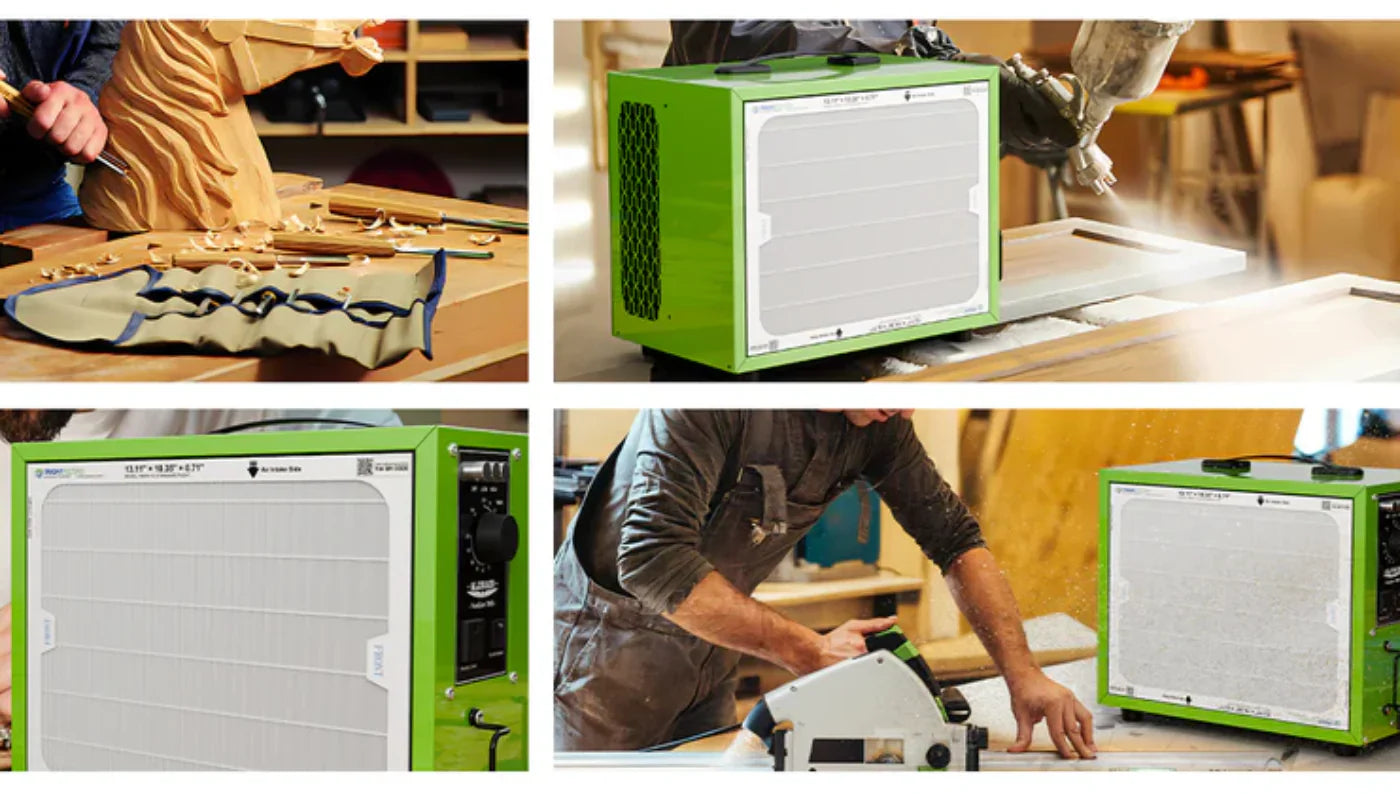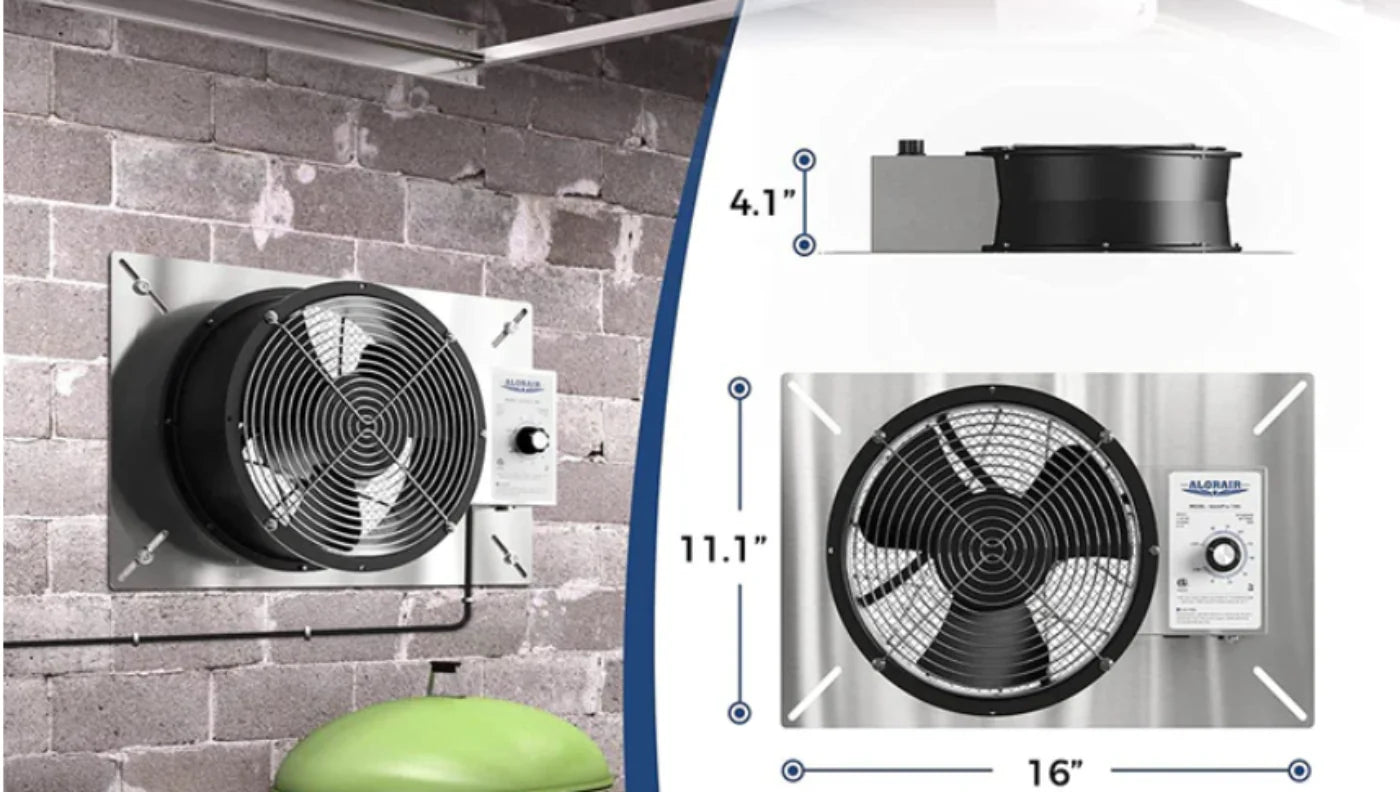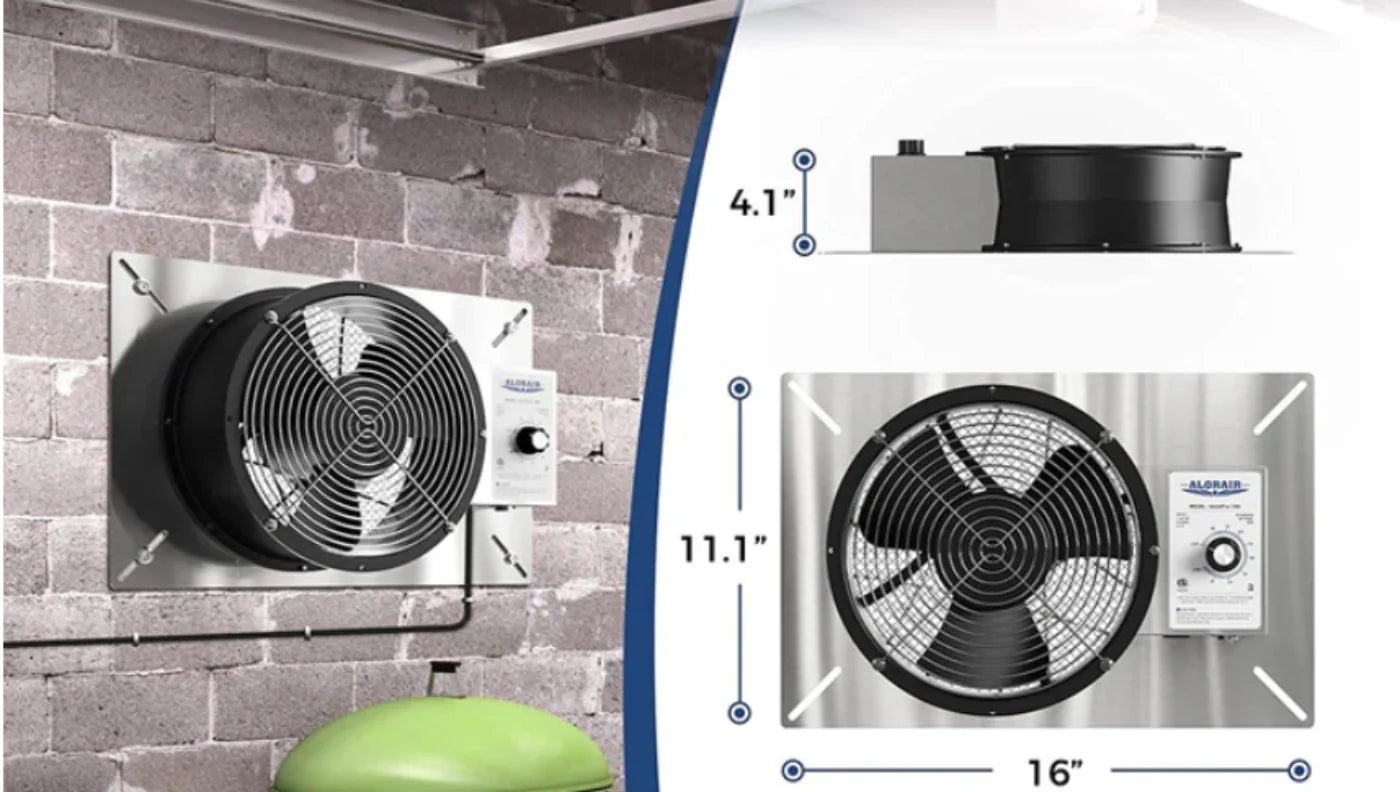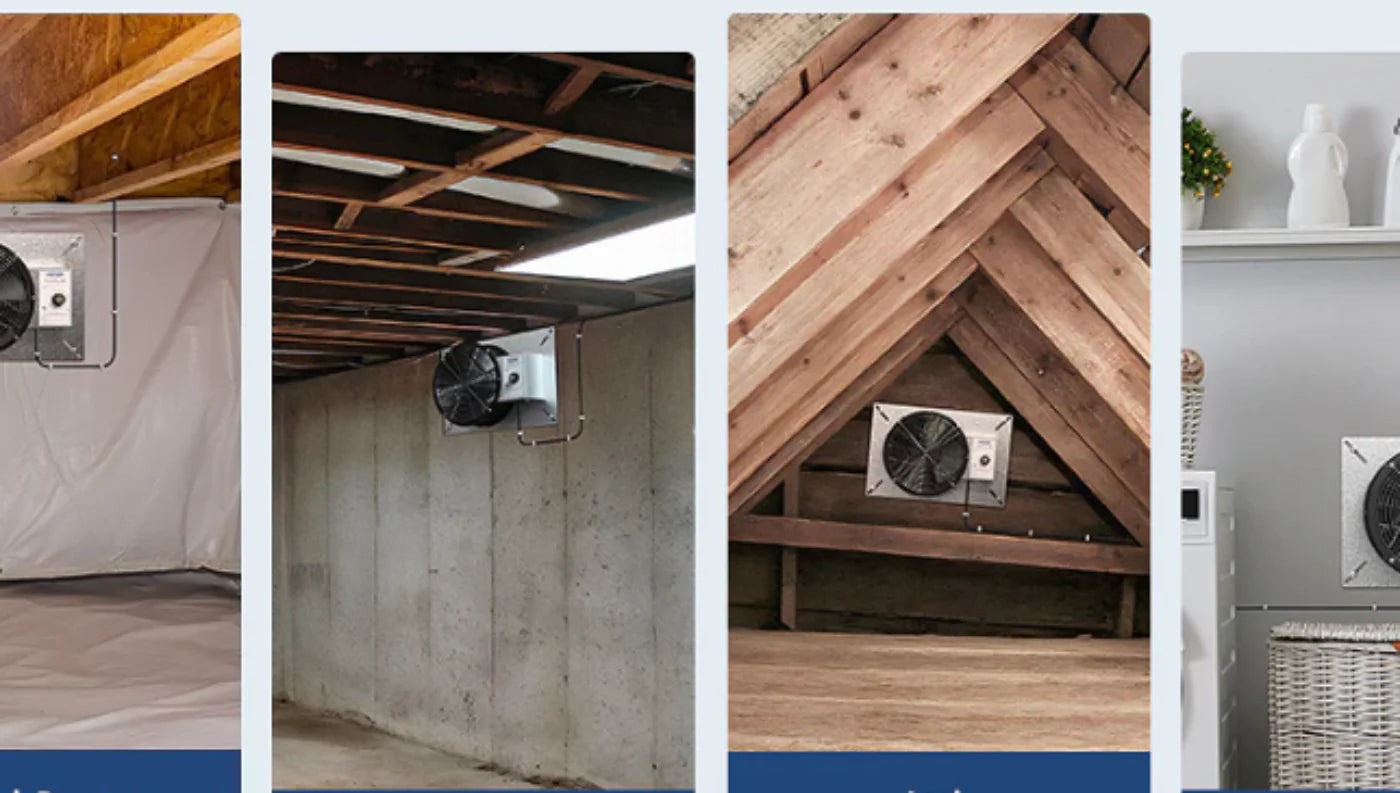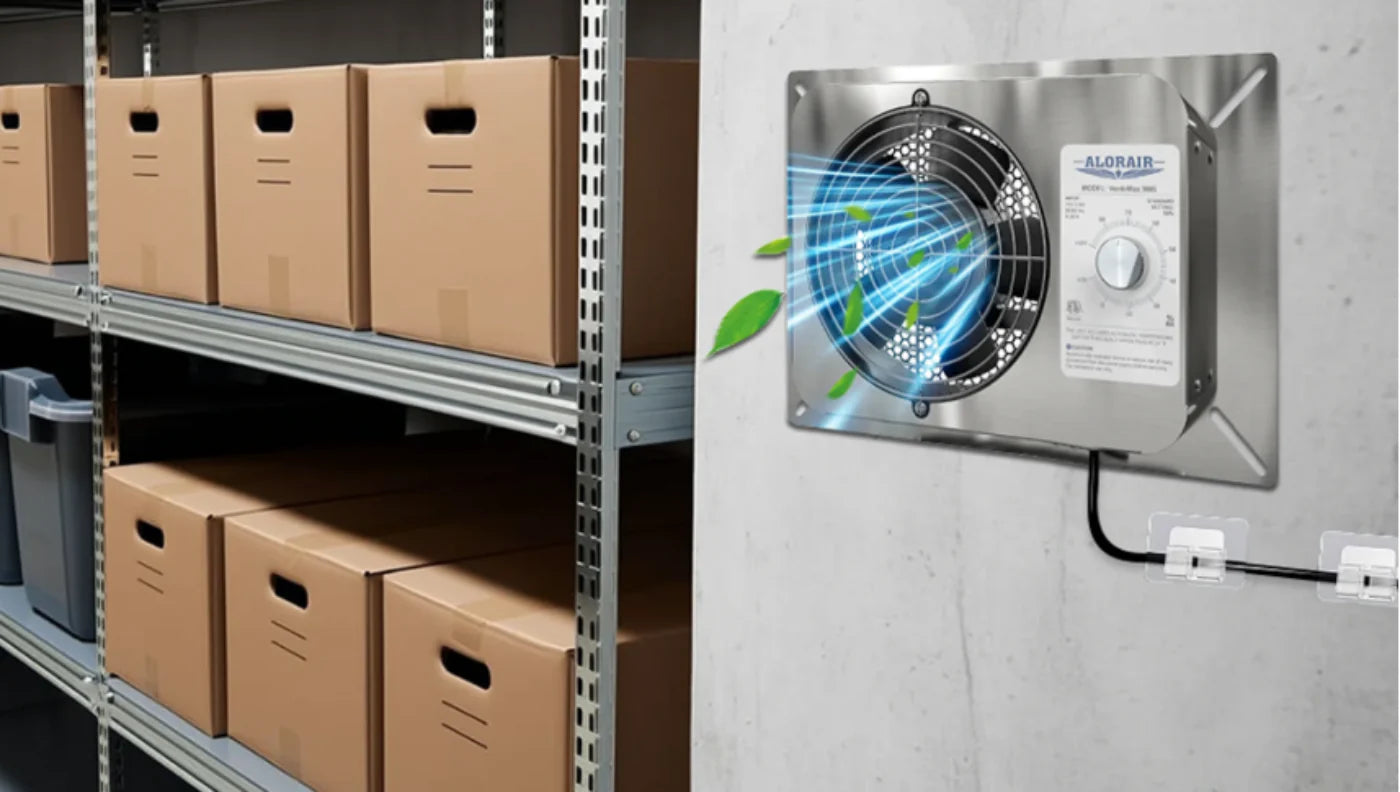Every crawl space has its own challenges: moisture rising from the soil, humid air from outside, limited clearance, and tricky electrical access. Some homeowners hope a simple fan will keep it dry. But in 2025, the right ventilation fan must be smarter, weather-resistant, and sometimes solar powered to be worth it.
This guide explains which fans are best (humidistat, solar, high flow), when they help versus harm, and what features to look for so your investment pays off.
Why Choose a Smart or Solar Ventilation Fan?
Older foundation or vent fans were often “always running” models. Those tend to bring in humid air when conditions are wrong, or waste energy when nothing is needed.
Modern fans add features like:
- Humidistats / dehumidistats that turn the fan on/off based on a set humidity threshold
- Freeze or temperature cut-off so a fan doesn’t freeze when it’s too cold
- Weather ratings (IP, corrosion resistance) to survive outdoor conditions
- Higher CFM / airflow capacity to serve larger spaces
- Solar power so you don’t need wiring in remote locations
These features let the fan function only when it will help—not against your crawl’s moisture balance.
When Crawl Space Vent Fans Help vs When They Hurt

A properly controlled fan can help in these conditions:
- During dry seasons when outside air is less humid than crawl space
- To assist air circulation in sealed sections or dead corners
- As part of a radon/gas mitigation system (to vent gases)
But fans can also make problems worse if used incorrectly:
- Pulling in humid outdoor air during wet weather makes moisture worsen
- Moving air across cold surfaces causes condensation
- In winter, bringing cold air in may chill floors and dry air inside
-
Running fans all the time uses electricity for no benefit
Foundation repair specialists often caution that fans “offer short-term relief” but don’t solve root causes like water intrusion, soil vapor, or lack of vapor barrier. Another warning: fans may even worsen moisture by blowing in humidity when conditions favor that.
Best Crawl Space Vent Fans in 2025 (Humidistat & Solar Models)
Here are several strong options you can compare for your region or stock.
1) VentirPro 720 (AlorAir) – High Flow + Humidistat + Freeze Cutoff

This fan pushes up to 720 CFM, making it powerful even for larger crawl spaces. It has a built-in dehumidistat (you set the humidity trigger) and a freeze protection thermostat, so it won’t run in cold conditions. The housing is rated IP55, with isolation mesh to block pests.
If you want one fan that handles big volume and smart control, this is a solid choice.
2) Angel Sar 220 CFM Vent Fan – Compact with Smart Control

If you have a smaller crawl or limited vent opening, Angel Sar’s 220 CFM fan is a good fit. It includes a humidistat and dehumidistat, plus a freeze protection thermostat so it avoids blowers in freezing weather.
Eliminator EL-1 Foundation Vent Fan (+ optional dehumidistat)

From Field Controls, the “Eliminator” is a classic foundation vent fan. It includes temperature control out of the box and allows an optional dehumidistat accessory to turn the fan on only when humidity is high. It’s rated ~100 CFM and sized for about 1,000 sq ft of crawl space.
This is good for modest spaces where you want reliable, simple ventilation with control.
Solar Crawl Space Ventilator (e.g. 250 CFM Solar Fan)

For sites where wiring is difficult, a solar-powered fan can work. One listing shows a solar ventilator pushing 250 CFM for crawl or basement use. It runs when the sun shines (which is often when humidity loads climb).
Another system, Solaro Energy’s solar vent system, serves up to 1,000 sq ft, uses a 20W solar panel, and blends ventilation with radon mitigation.
Solar models are cooler since no grid wiring is needed, but they vary in performance if the sun is blocked or cloudy.
How to Choose the Best Fan for Your Crawl Space

1. Size / Airflow (CFM)
Estimate the volume (sq ft × height) of your crawl space. Bigger volume → higher CFM. The VentirPro 720 is great for large, high-volume spaces. Smaller fans (100–220 CFM) work in compact areas.
2. Smart Control (Humidistat / Dehumidistat)
Always prefer models with built-in sensors. Set the fan to run when RH is above, say, 60%. This ensures the fan only runs when air movement is helpful, not counterproductive.
3. Freeze / Temperature Cutoff
If winters get cold, you don’t want a fan blowing cold air or freezing up. Fans with freeze protection that shut off below a threshold (e.g., 35°F) save energy and protect components.
4. Durability & Weather Resistance
Fans mounted in foundation walls or exposed to the elements need decent IP (ingress protection) ratings and corrosion resistance. Look for metal housings, good paint or coating, and insect mesh. The VentirPro 720 is IP55 rated.
5. Quiet Operation
Even though crawl spaces are hidden, vibrations and noise can transmit into living areas. Brands like Whisper Fan are designed for low noise (~120 CFM but quiet).
6. Power / Wiring vs Solar
If wiring is easy, a plugged or hardwired fan is reliable. If wiring is tough, solar is attractive—but ensure your panel and fan size are well matched, and the solar location has clear sun exposure.
Proper Placement & Usage Tips
Place the fan in a foundation opening or vent wall. Mount it so the fan moves air out in most cases (exhaust mode). If using intake mode, ensure you have a filtered pathway and that outside air won’t overwhelm with moisture.
Seal around the fan flange to prevent weak leaks. Route condensation or water drips away from structural wood. Use a vapor barrier (liner) on the crawl floor to reduce moisture entering from the ground.
Always pair ventilation fans with moisture management: grading, guttering, foundation drains, sealing leaks, and possibly a dehumidifier if needed.
When the humidistat indicates RH is lower than your threshold, the fan should stop. During rainy or very humid outdoor days, the fan should remain off or idle, so it doesn’t bring worse air in.
Frequently Asked Questions
Do crawl space ventilation fans work?
They can in the right conditions—dry climate, low outdoor humidity, or when used with sensors. In humid regions, they often worsen moisture by importing damp air.
Fan vs dehumidifier in crawl space—what’s better?
A fan moves air; a dehumidifier removes water. For moisture control, a dehumidifier is more reliable in humid regions. Fans are supplementary.
How should I set the humidistat on a vent fan?
Set the fan to turn on at higher humidity levels (for example, 60%) and shut off around 50%. Adjust based on performance and local climate.
Are solar-powered crawl space fans worth it?
They are good where wiring is difficult—just make sure they get enough sun and match fan load to panel capacity.
How many fans do I need? Intake or exhaust?
One fan can be enough in many crawl spaces. Prefer exhaust style (blowing air out). If you have multiple segments, you may place one in each. Use the CFM rating to ensure airflow coverage for your crawl volume.
Conclusion
In 2025, the best crawl space ventilation fans are smart: they include humidistats, freeze cutoff, weather durability, and sometimes solar power. Among strong options are VentirPro 720 for high flow, Angel Sar 220 CFM for medium spaces, Eliminator EL-1 for classic controlled ventilation, and solar models for off-grid setups.
But a fan alone won’t solve moisture issues in humid climates. Pair it with proper drainage, vapor barriers, sealing, and—if needed—a crawl space dehumidifier. Using the right fan in the right conditions helps airflow and can assist your overall system without competing against it.




